• If you want durable spin and control, a raw T700 carbon-fiber face over a 14–16 mm polypropylene (PP) honeycomb core is the dominant modern setup.
• Fiberglass faces feel springier and can deliver easy power, but usually trade away some dwell time/consistency and long-term grit.
• USA Pickleball caps face roughness at Rz ≤ 30 µm and Rt ≤ 40 µm; max combined paddle size is 24 in and length ≤ 17 in—no weight limit. Official standards
• “Raw carbon fiber” means a cured carbon face with peel-ply texture (not paint grit), which resists wear and keeps spin longer. guide
• Choosing between carbon vs fiberglass? Think control + spin (carbon) vs poppier power (fiberglass). JOOLA explainer
Who this is for: intermediate–advanced players choosing a new paddle or speccing a custom build. Value: understand how face & core materials change spin, power, feel, and legality. Next step: start configuring on Lumo.
Materials 101: The Anatomy of a Modern Paddle

Face (hitting surface). Most high-performance paddles now use carbon fiber (often the Toray T700 family) or fiberglass. Carbon’s higher stiffness-to-weight typically gives more predictable ball contact and helps maintain durable surface texture; fiberglass flexes more and can feel springier/powerful but its texture coatings often wear faster (Toray T700 datasheet; JOOLA comparison; Pickleball Central texture guide).
Core. The “honeycomb” inside is usually polypropylene (PP) today for a quiet, controlled response with a broad sweet spot; Nomex (aramid) cores are harder/louder/powerful; aluminum offers touch but can dent; some new builds reinforce perimeters with foam to boost stability (Selkirk tech primer; hybrids; Pickleball Studio; JustPaddles).
Regulatory guardrails. USA Pickleball allows many materials but enforces face roughness and other tests: Rz ≤ 30 µm, Rt ≤ 40 µm; kinetic coefficient of friction ≤ 0.1875; combined length + width ≤ 24 in, length ≤ 17 in; no weight limit (USAP manual, Jan 2025; overview at Tennis Warehouse University).
Carbon Fiber vs. Fiberglass: What You’ll Feel

| Attribute | Carbon Fiber (e.g., Toray T700) | Fiberglass (E-glass) |
|---|---|---|
| Stiffness-to-weight | Higher stiffness; stable face, consistent dwell | Lower modulus; more flex/rebound “pop” |
| Spin durability | Strong with raw (peel-ply) textures; less reliant on paint grit | Often needs coatings/paint grit; can wear faster |
| Control & placement | Predictable launch angle; easier to keep drops/dinks down | Forgiving power on drives; trajectory can vary |
| Power profile | Controlled power; “softer” feel | Easy pop; can be bouncy on touch shots |
| Longevity of texture | High with raw carbon weave | Medium; depends on coating quality |
Why carbon is stiffer: Standard-modulus carbon fibers like T700 list tensile modulus ≈ 230–240 GPa vs typical fiberglass ≈ 72–85 GPa (Toray T700S; Goodwinds primer; CompositesWorld).
Why fiberglass feels ‘poppier’: Lower modulus flexes more on contact, returning energy quickly for free pace (JOOLA).
“Raw Carbon Fiber” (RCF) vs. Paint Grit

- Raw carbon typically uses a peel-ply texture cured into the face; removing the peel-ply leaves durable micro-weave texture—not paint grit—so spin lasts longer (Pickleball Central; lab breakdown example).
- Paint grit adds initial spin but tends to smooth sooner (brand tech explainers: Selkirk).
Legal texture: USAP roughness Rz ≤ 30 µm and Rt ≤ 40 µm, with a friction limit ≤ 0.1875. Modding or re-coating risks noncompliance (USAP §2.E.2; TWU).
Core Choices: PP vs. Nomex vs. Aluminum (and Foam Support)

- Polypropylene (PP) honeycomb (13–16 mm): Quiet, large sweet spot, control-first. Thicker (~16 mm) leans touch/forgiveness; thinner (~13–14 mm) adds pop (Pickleball Studio; Selkirk).
- Nomex (aramid) honeycomb: Rigid, loud, powerful—less common in control-first builds (JustPaddles).
- Aluminum honeycomb: Light with touch, but can dent for heavy hitters (see Selkirk primer above).
- Foam-reinforced edges/chambers: Perimeter foam raises twist-weight and enlarges the sweet spot; common in thermoformed shells (Pickleball Central reviews).
Weight, Swing-Weight & Grip: How Materials Tie In

- Static weight affects fatigue and baseline power.
- Swing-weight depends on mass placement; carbon-faced, foam-reinforced builds often push weight to the perimeter for stability.
- Grip size & shape: Larger grips tame torque; thinner grips help wrist action for spin.
- Edgeless vs. edged: Edgeless looks clean but chips easier; edged protects the sandwich.
USA Pickleball Compliance (Quick Facts You’ll Actually Use)

- Materials allowed: Safe, rigid, non-compressible materials that pass tests (USAP §2.E.1).
- Face limits: Rz ≤ 30 µm; Rt ≤ 40 µm; friction ≤ 0.1875 (USAP §2.E.2; TWU).
- Size: Length + width ≤ 24 in; length ≤ 17 in; no thickness or weight limits (USAP §2.E.3–2.E.4).
- Alterations permitted: Edge/lead tape, grip changes, OEM weights/face replacements within placement rules (USAP §2.E.5).
FAQ
Is “graphite” different from “carbon fiber”?
In paddles, “graphite” is often used interchangeably with carbon fiber laminate.
Will a fiberglass face fail spin rules faster than carbon?
Legality depends on measured roughness and friction. Paint-grit faces can smooth faster than raw carbon peel-ply textures (USAP manual; Selkirk).
What core thickness should beginners choose?
Start at 15–16 mm PP for forgiveness and touch, then test thinner if you want more pop (Pickleball Studio).
Are there material limits for tournament play?
Materials are broadly allowed if rigid, non-compressible, and within texture/friction limits; size rules also apply (USAP manual).
References
- USA Pickleball — Equipment Standards Manual (Jan 2025). usapickleball.org
- Toray T700S Datasheet (Apr 22, 2025). toraycma.com
- Tennis Warehouse University — Rubber surface & rule limits. twu.tennis-warehouse.com
- JOOLA — Carbon vs. Fiberglass face primer. joola.com
- Pickleball Central — Paddle Guide. pickleballcentral.com
- Selkirk — 10 Factors to Choose a Paddle. selkirk.com
- Pickleball Studio — Core Thickness Guide. pickleballstudio.com
- JustPaddles — Paddle Cores. justpaddles.com
- Selkirk — Grit Types & Raw CF durability. selkirk.com
- Goodwinds — Carbon vs Fiberglass Modulus. goodwinds.com
- CompositesWorld — Fiber types overview. compositesworld.com
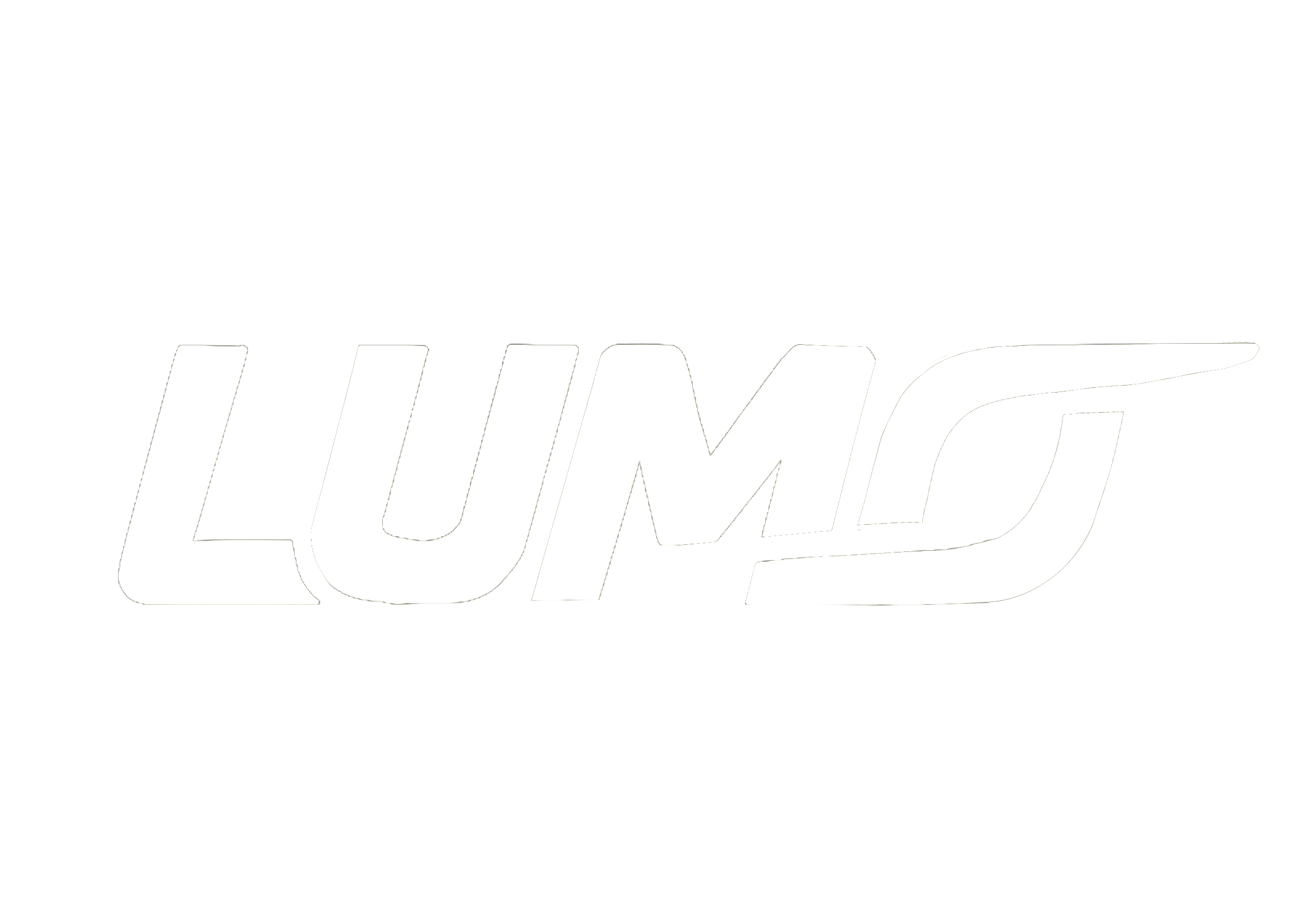
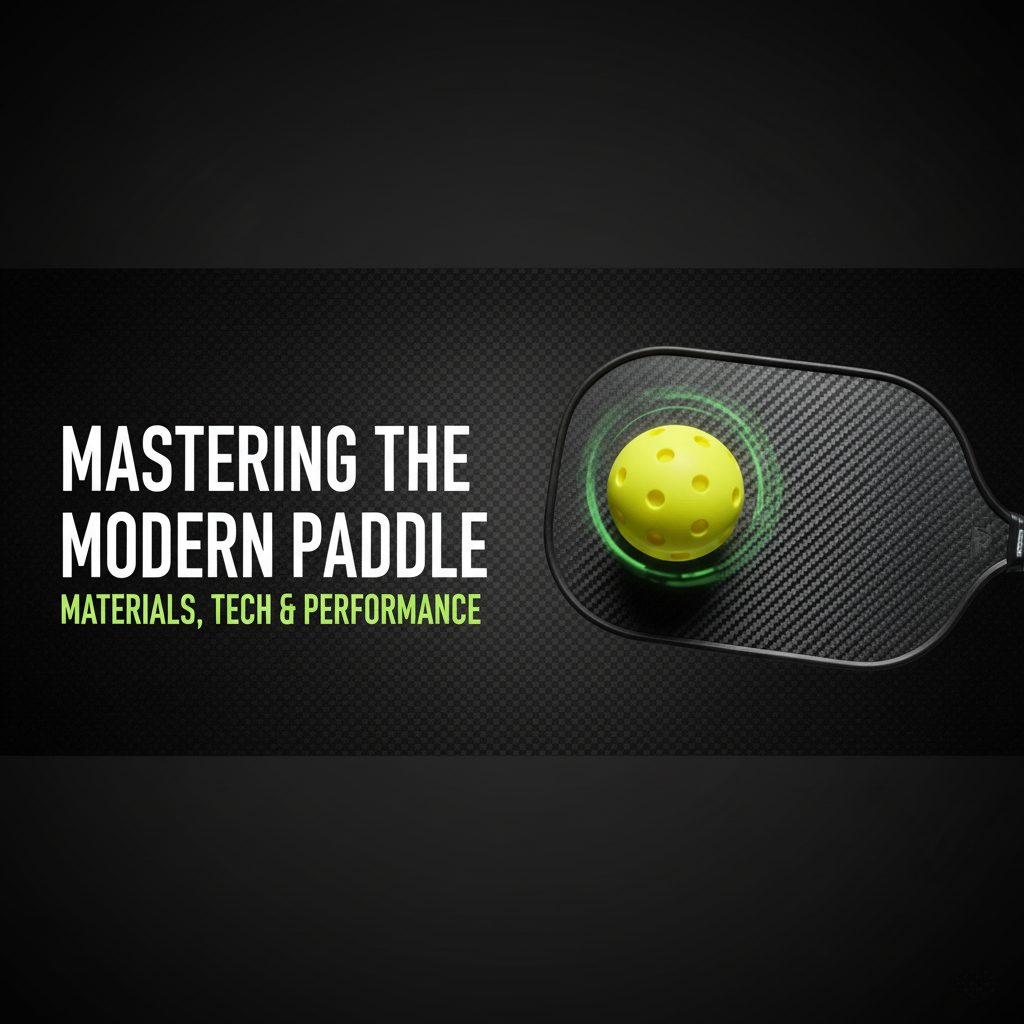
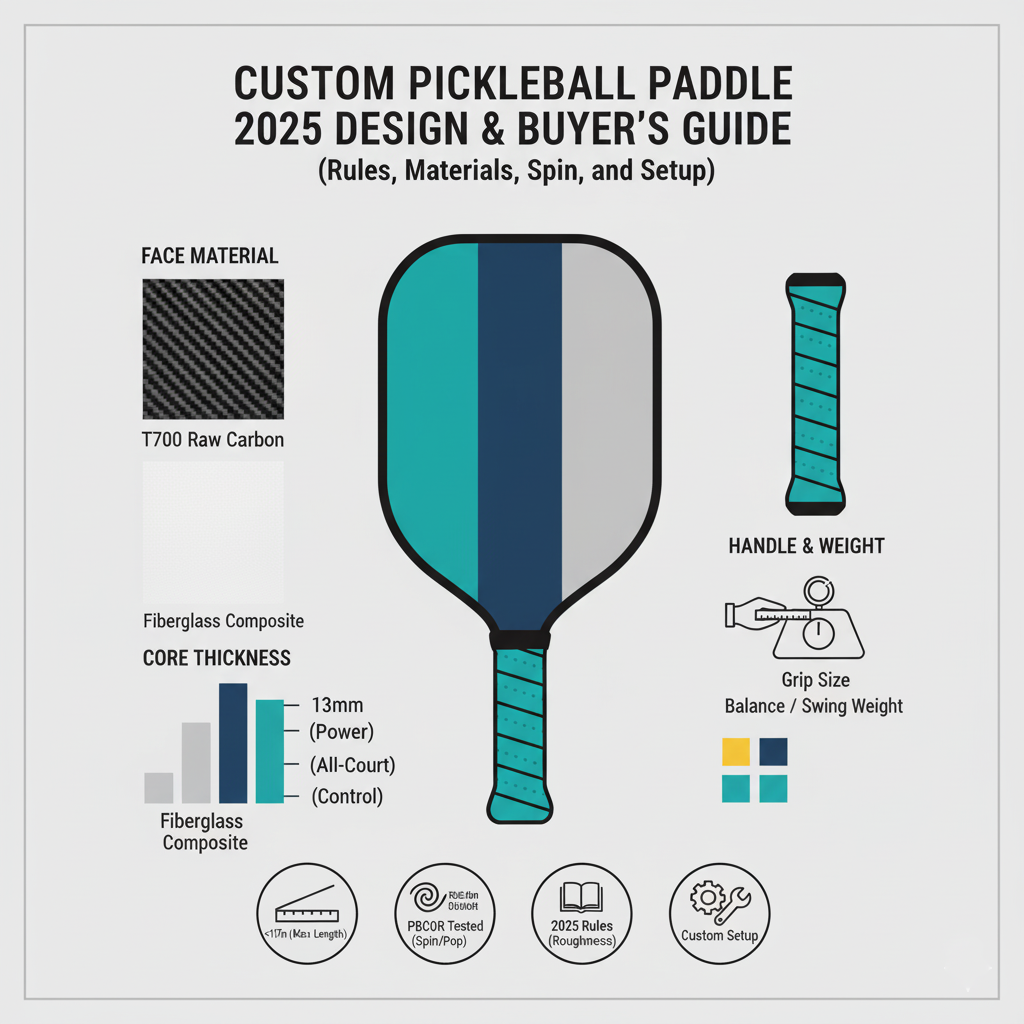
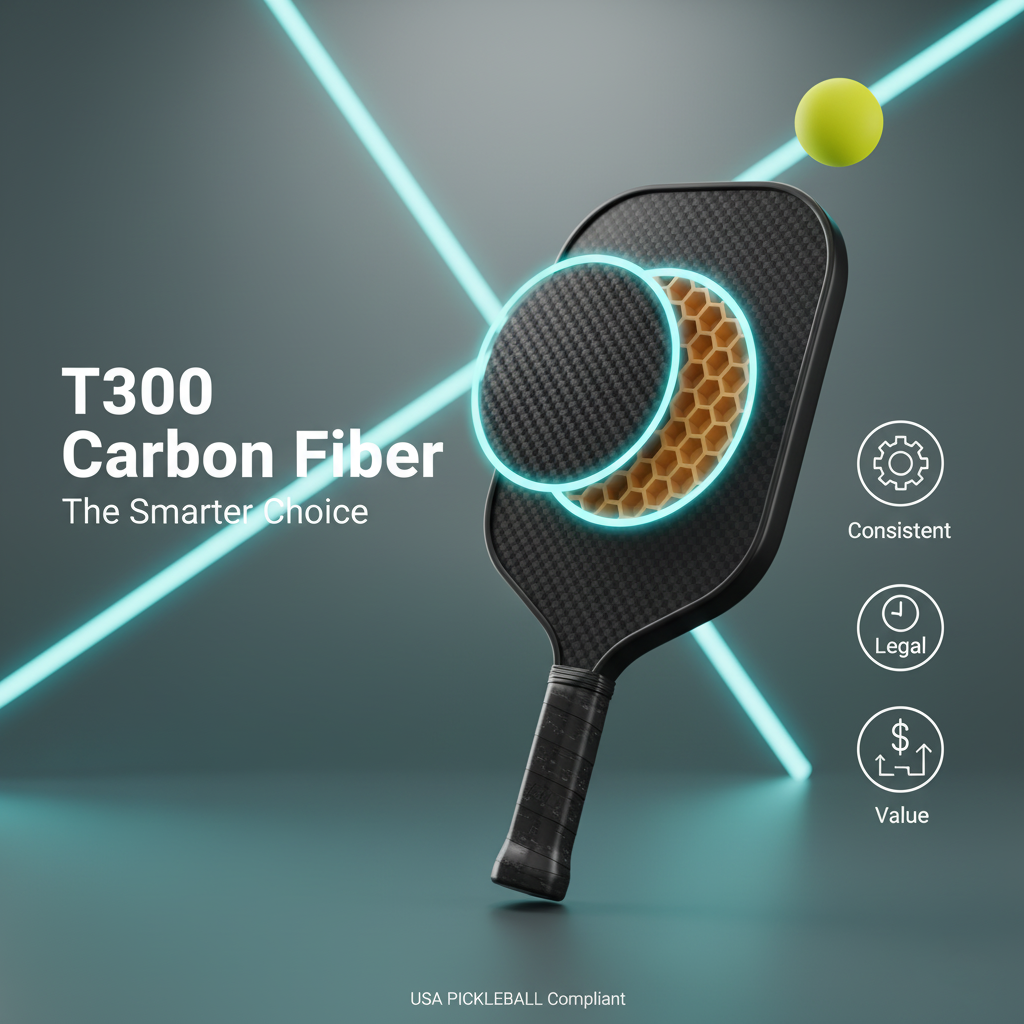
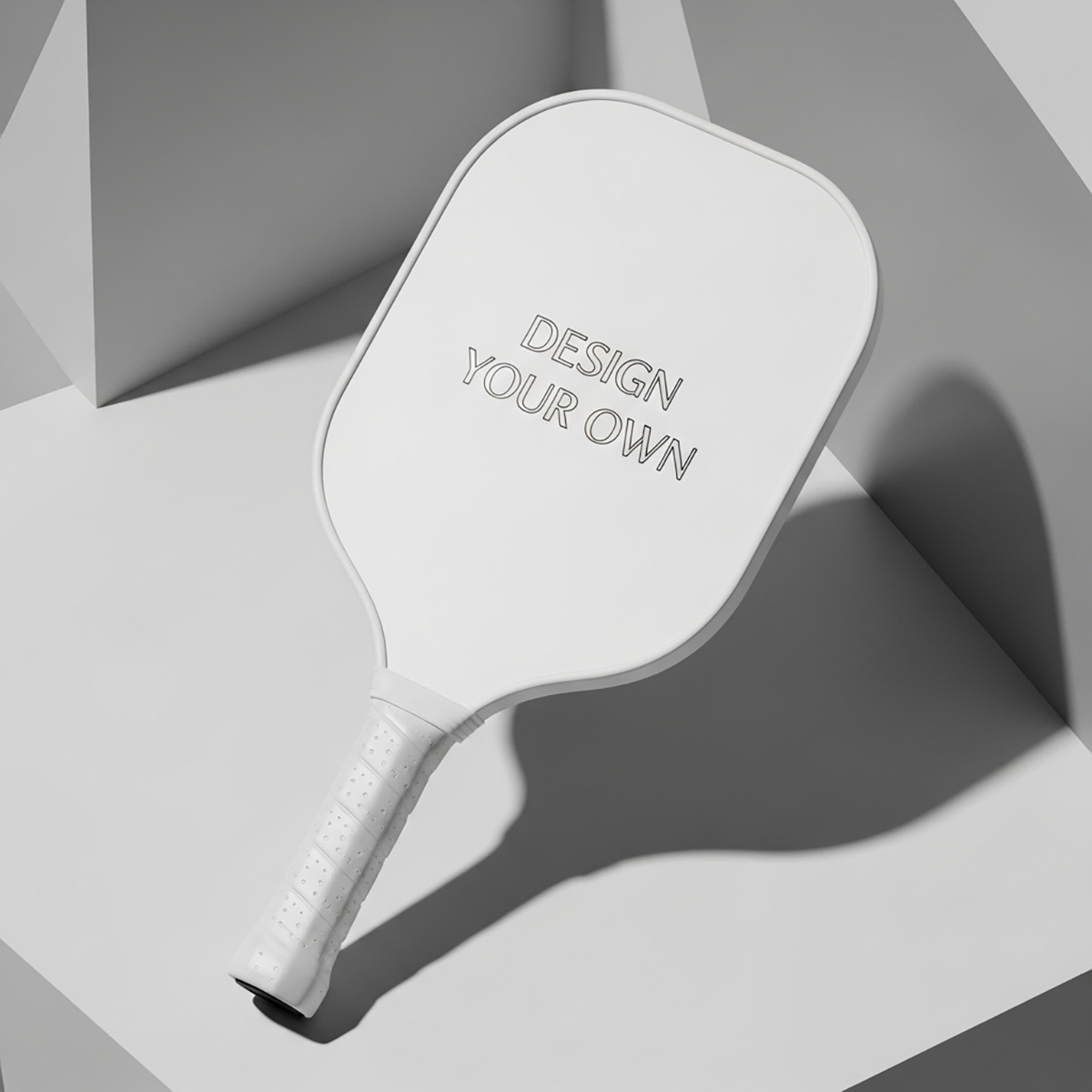
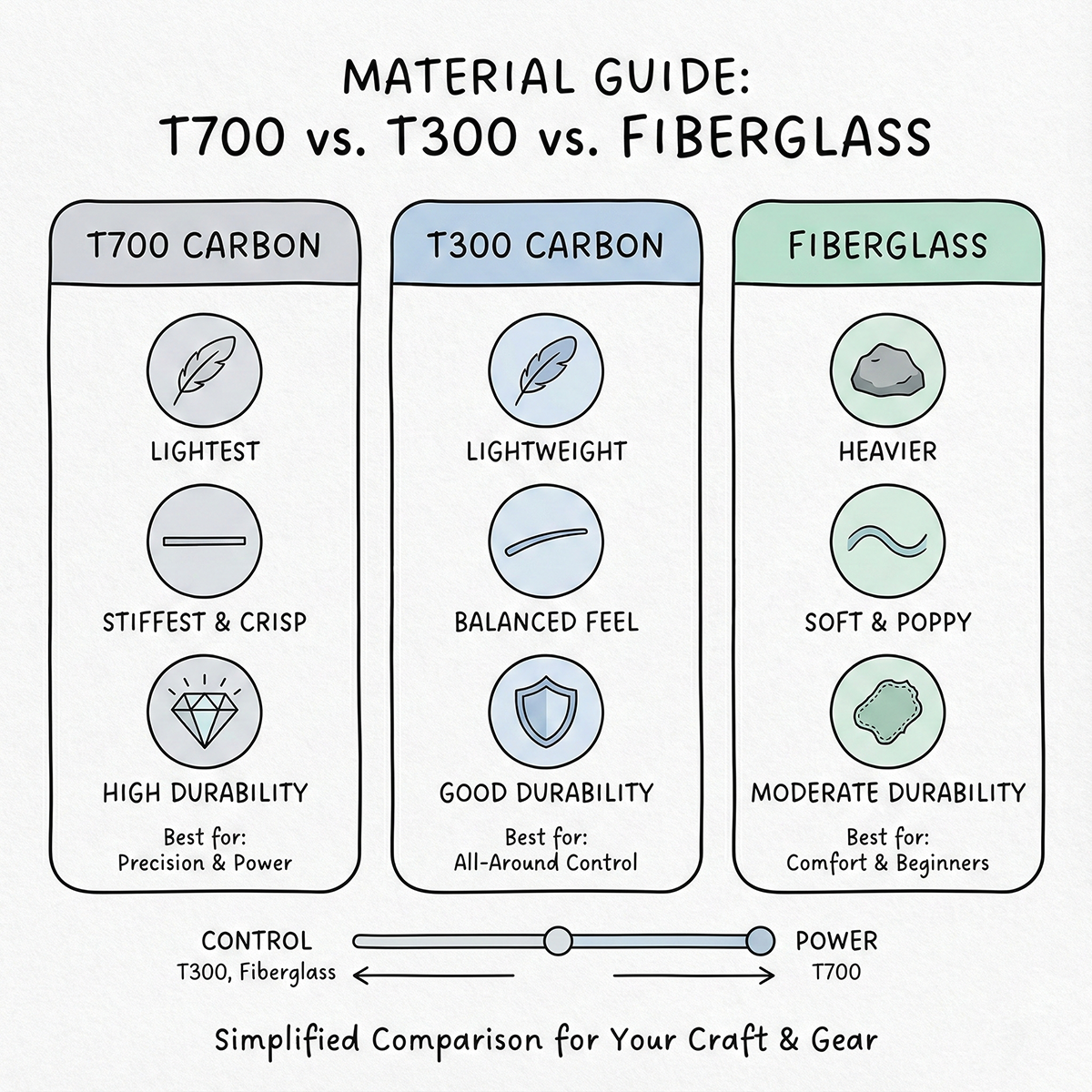
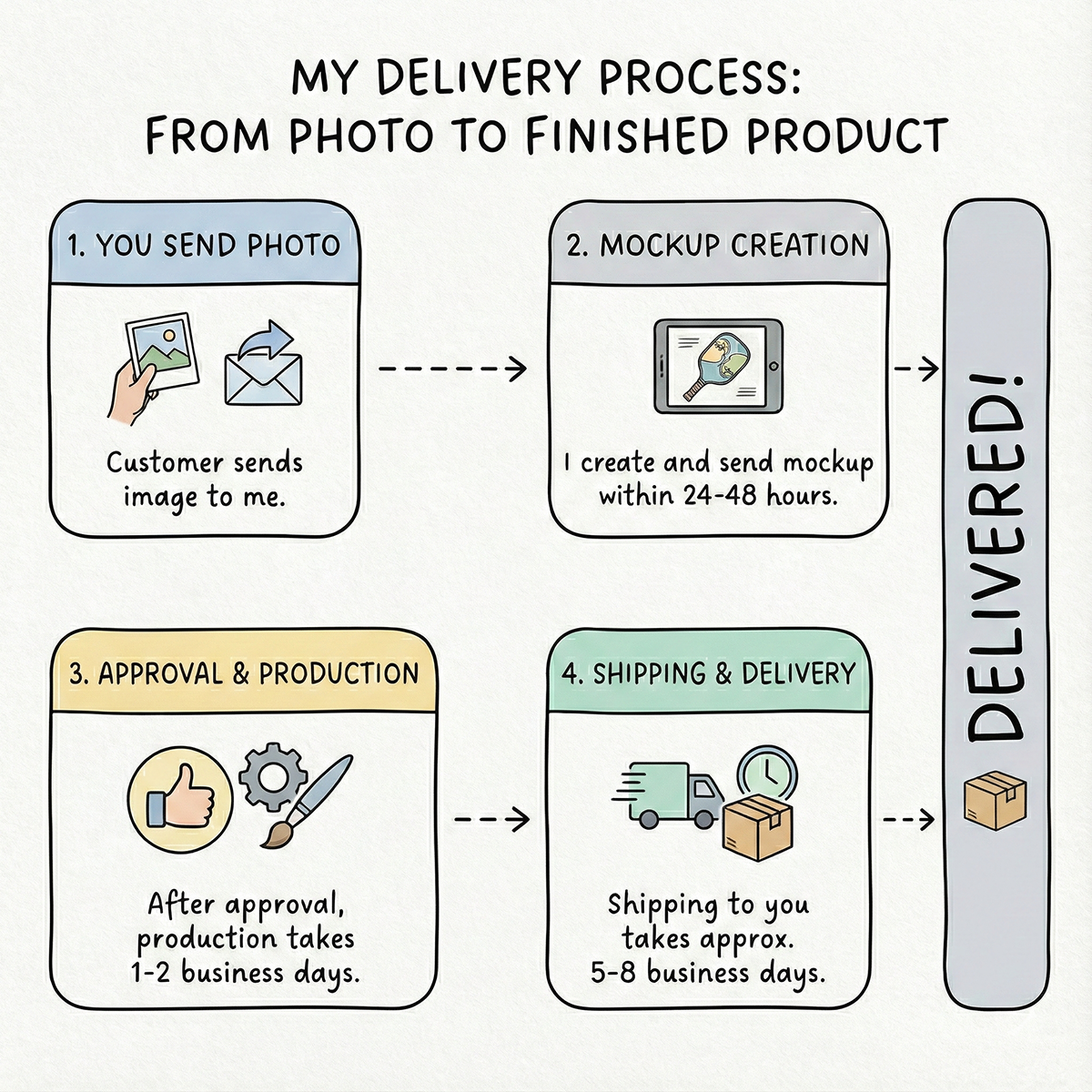
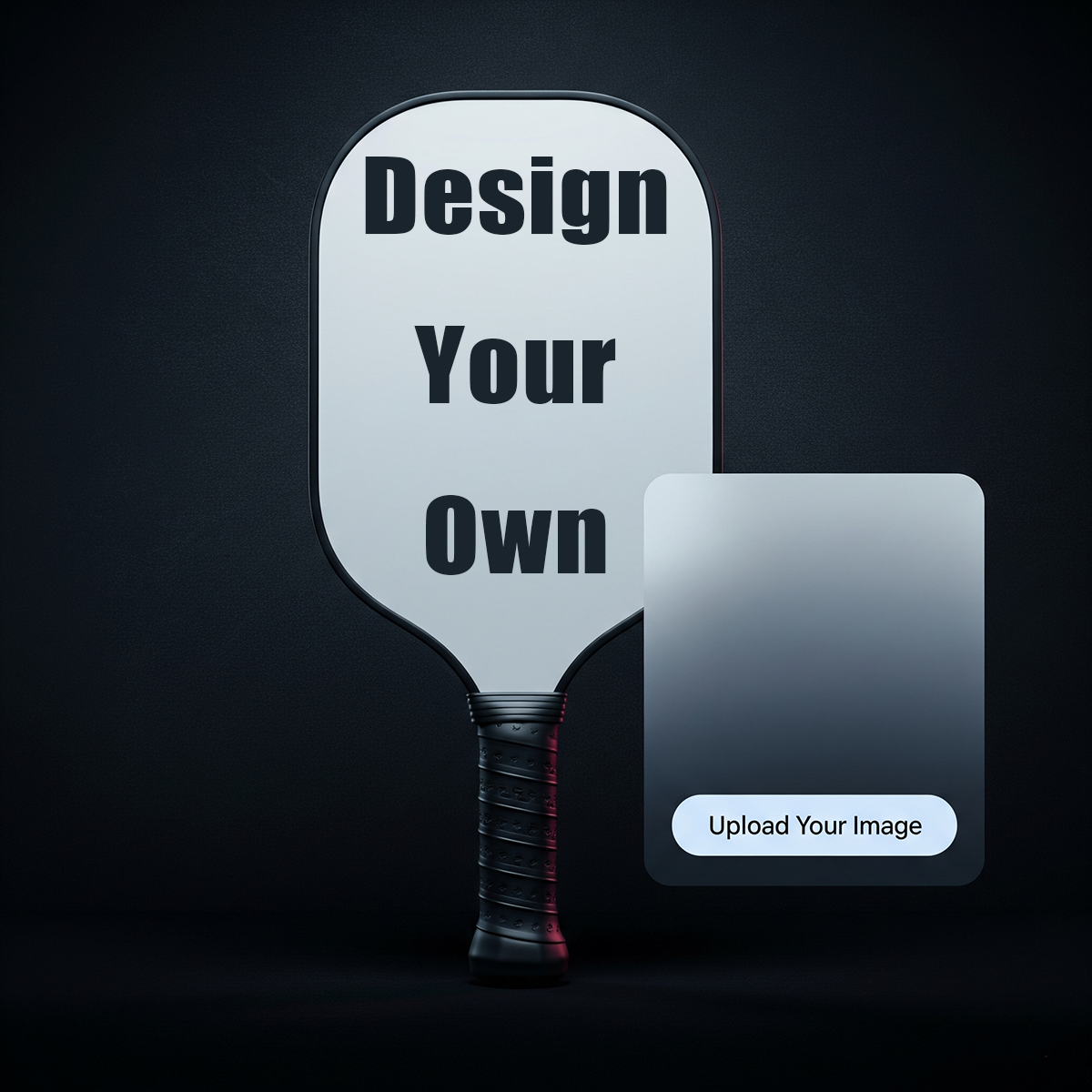
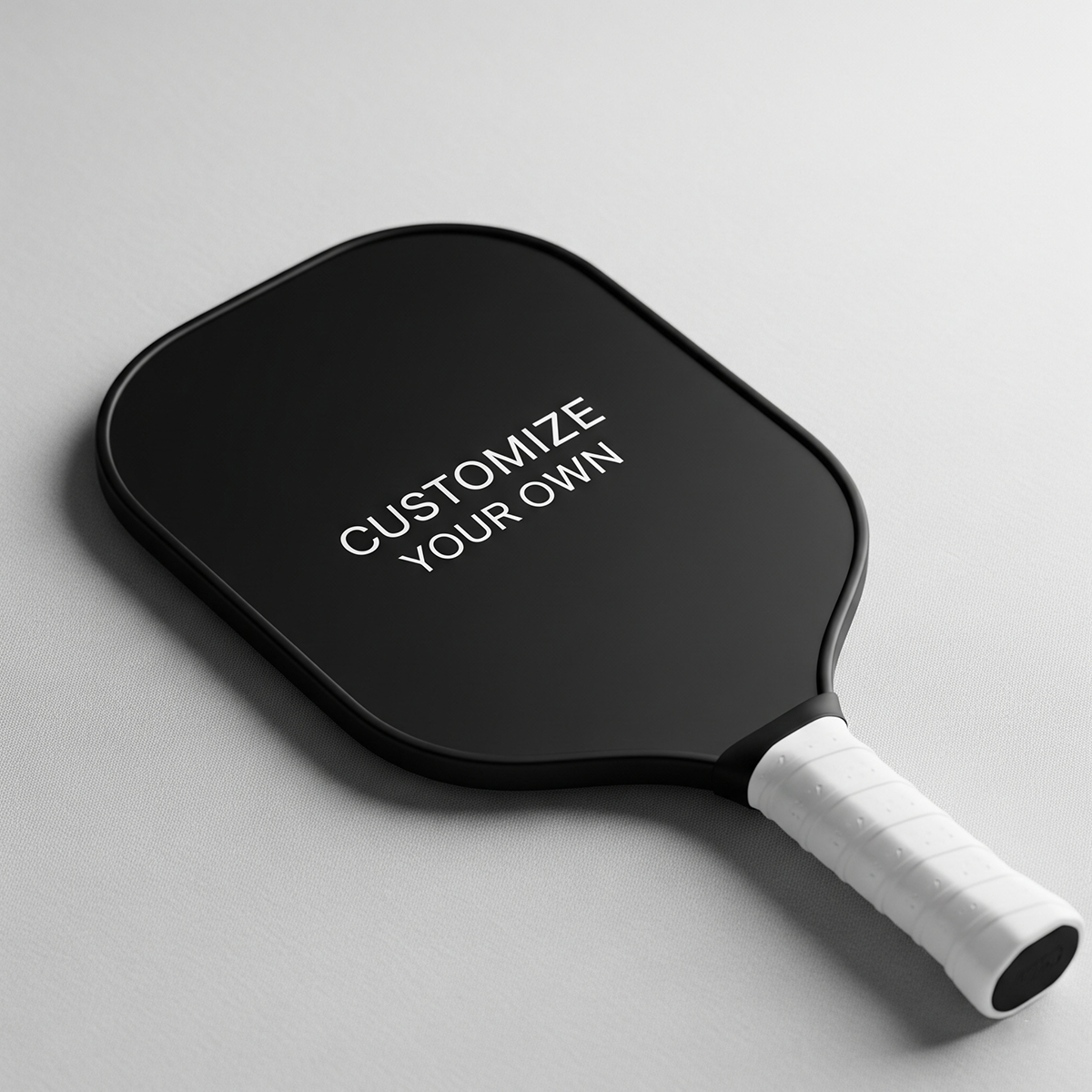
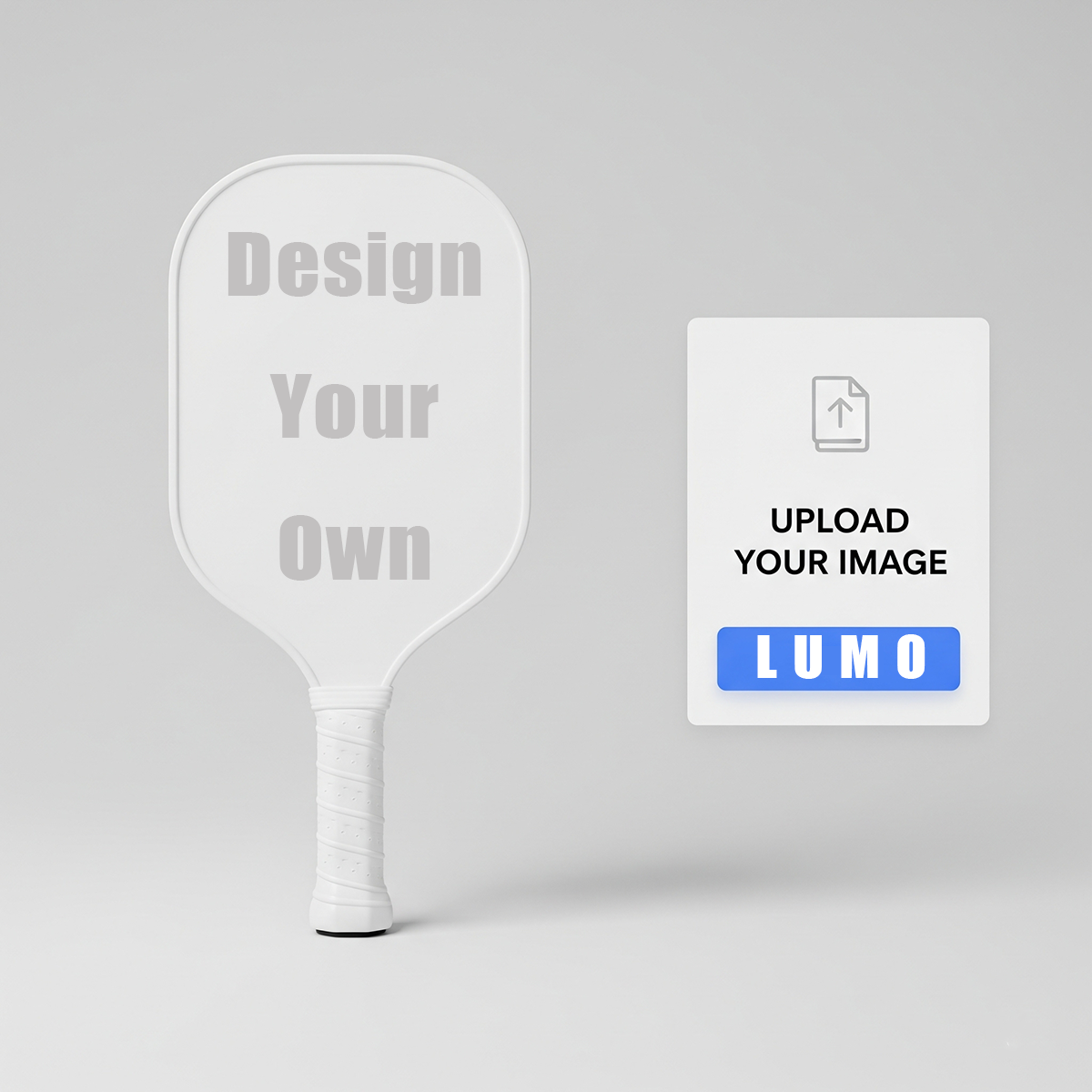
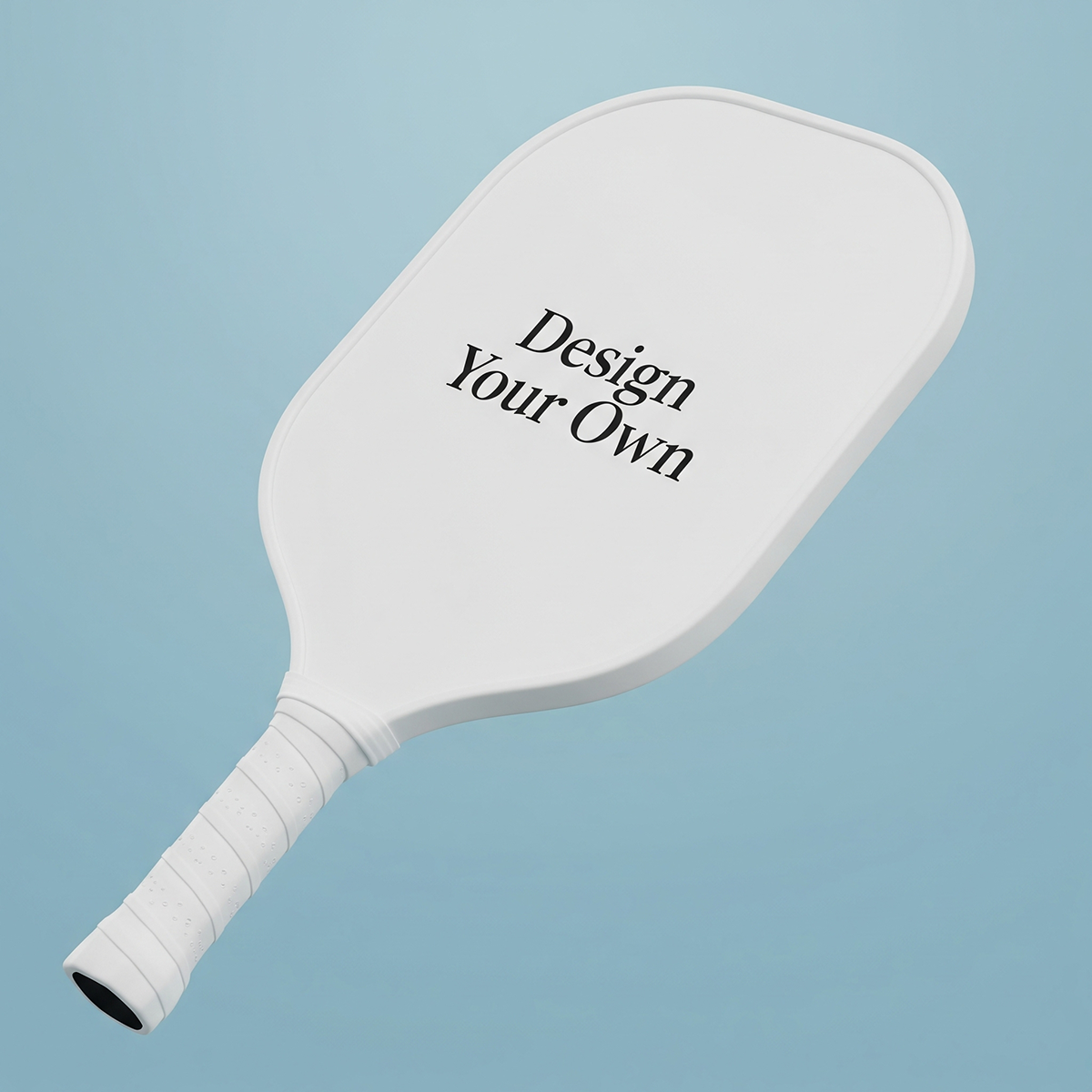
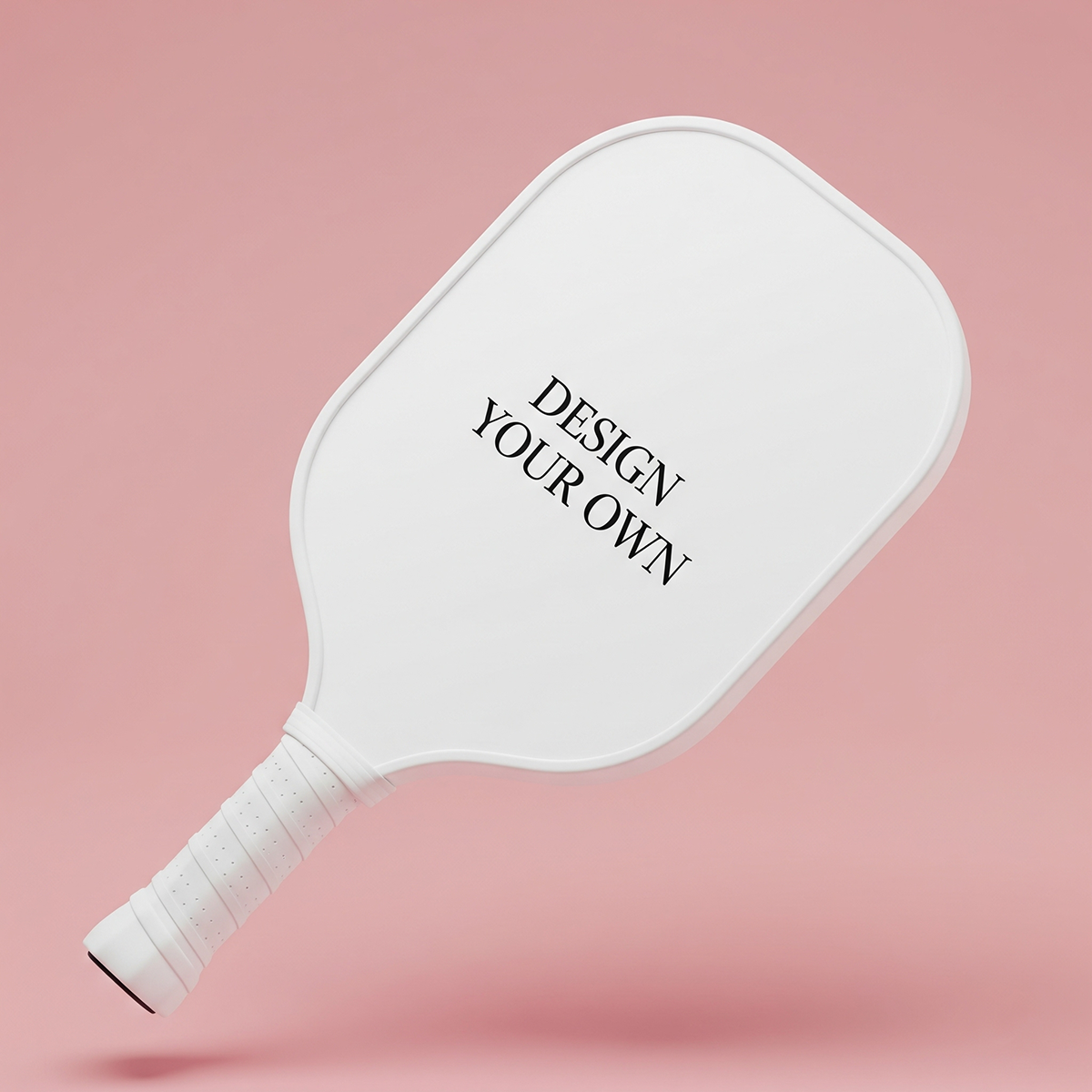
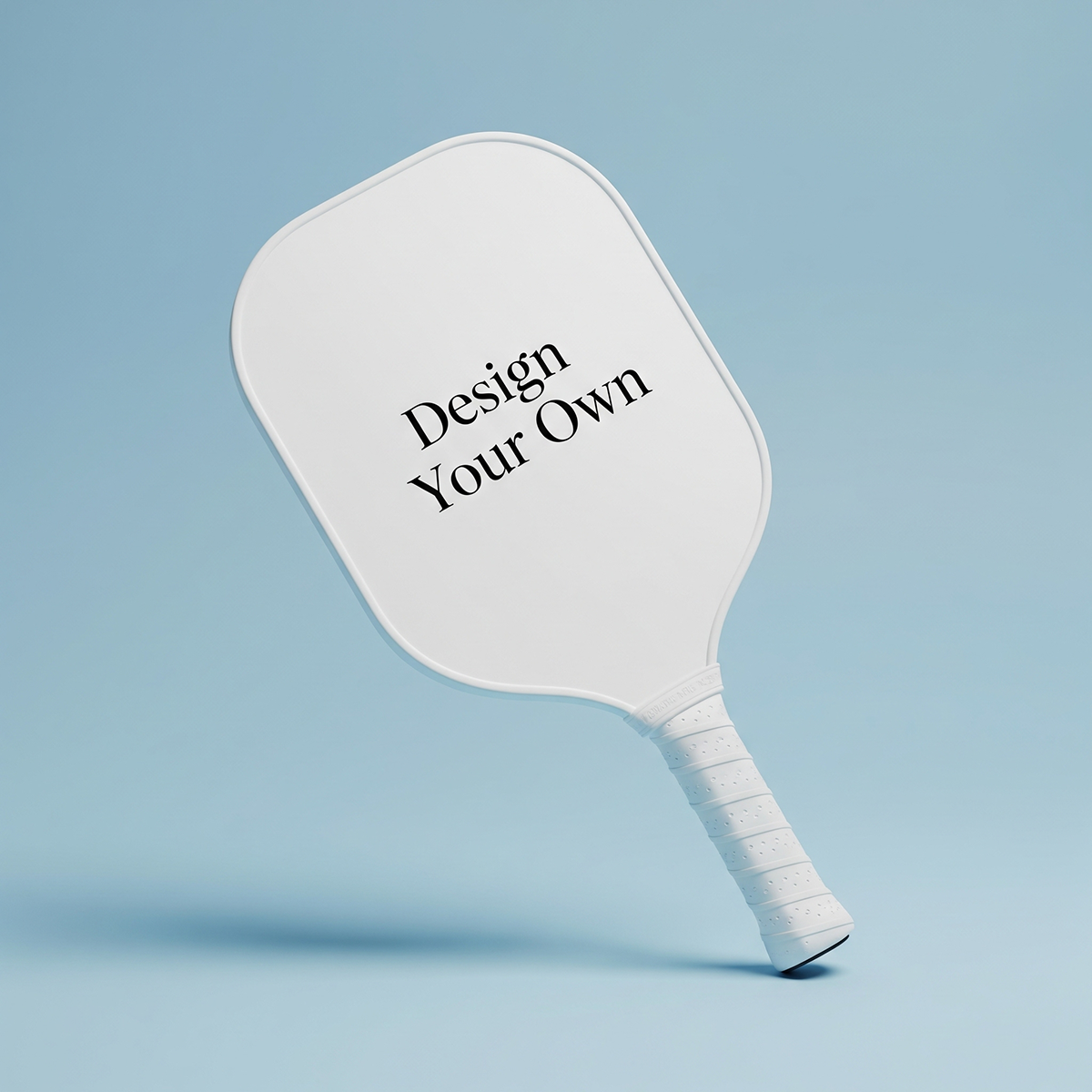
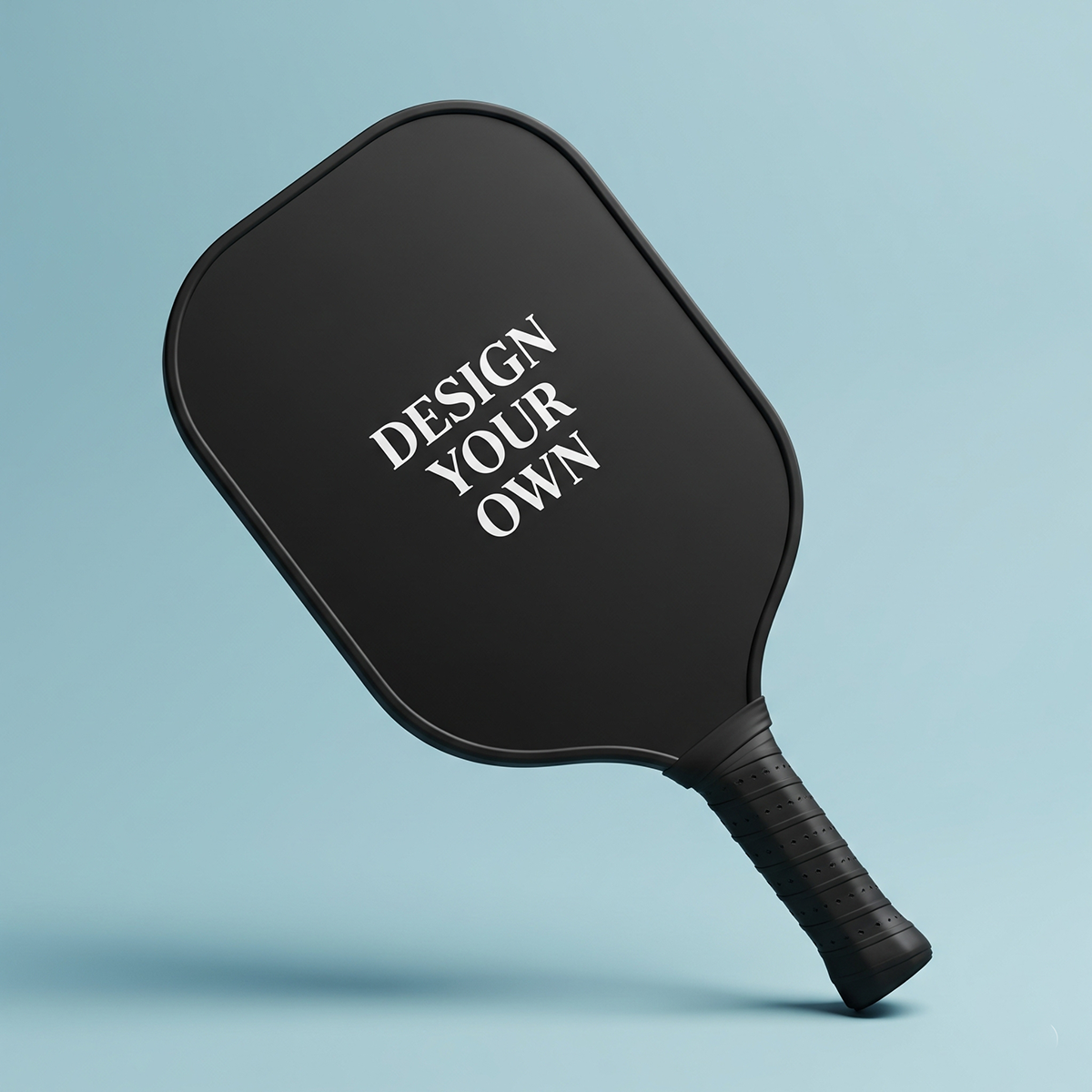
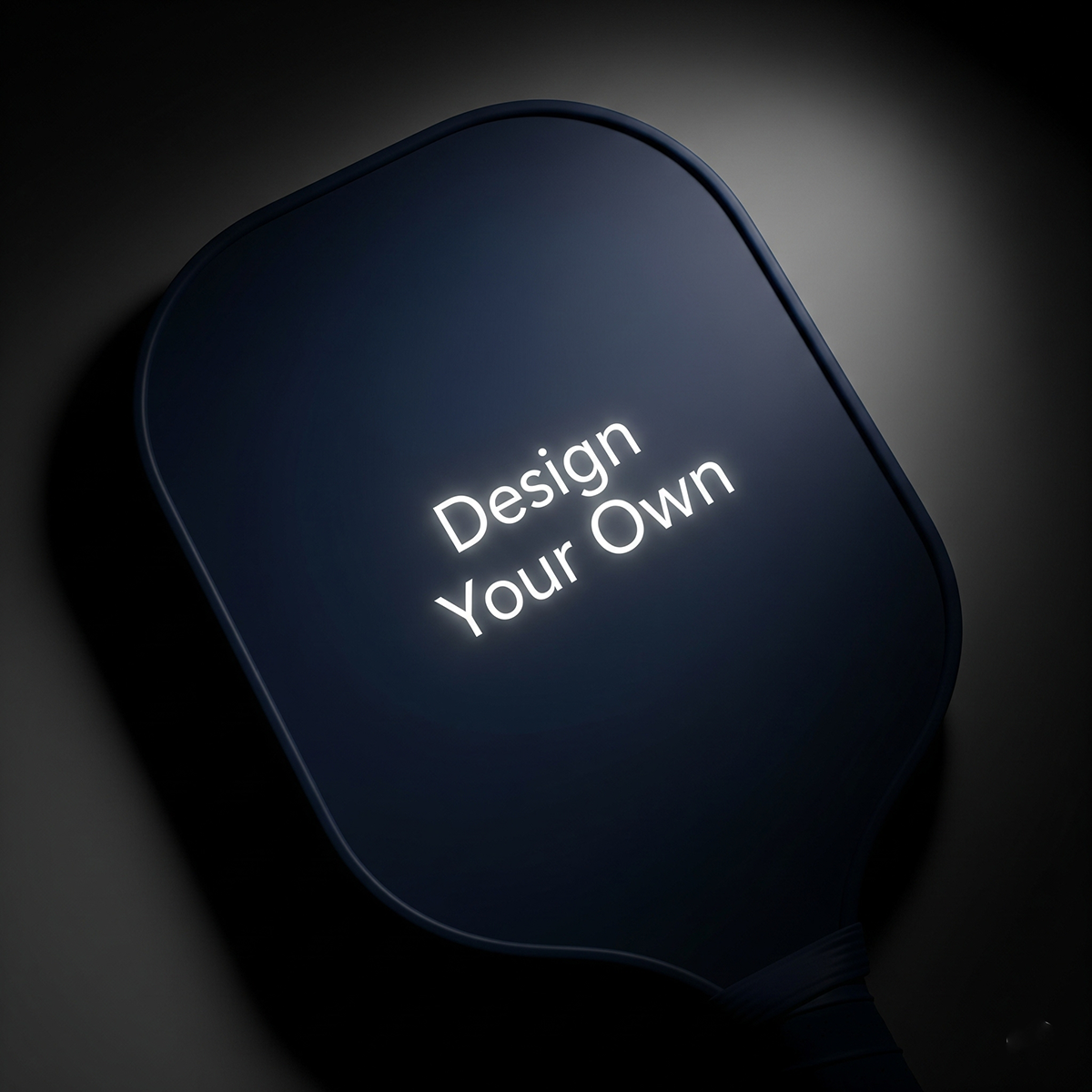
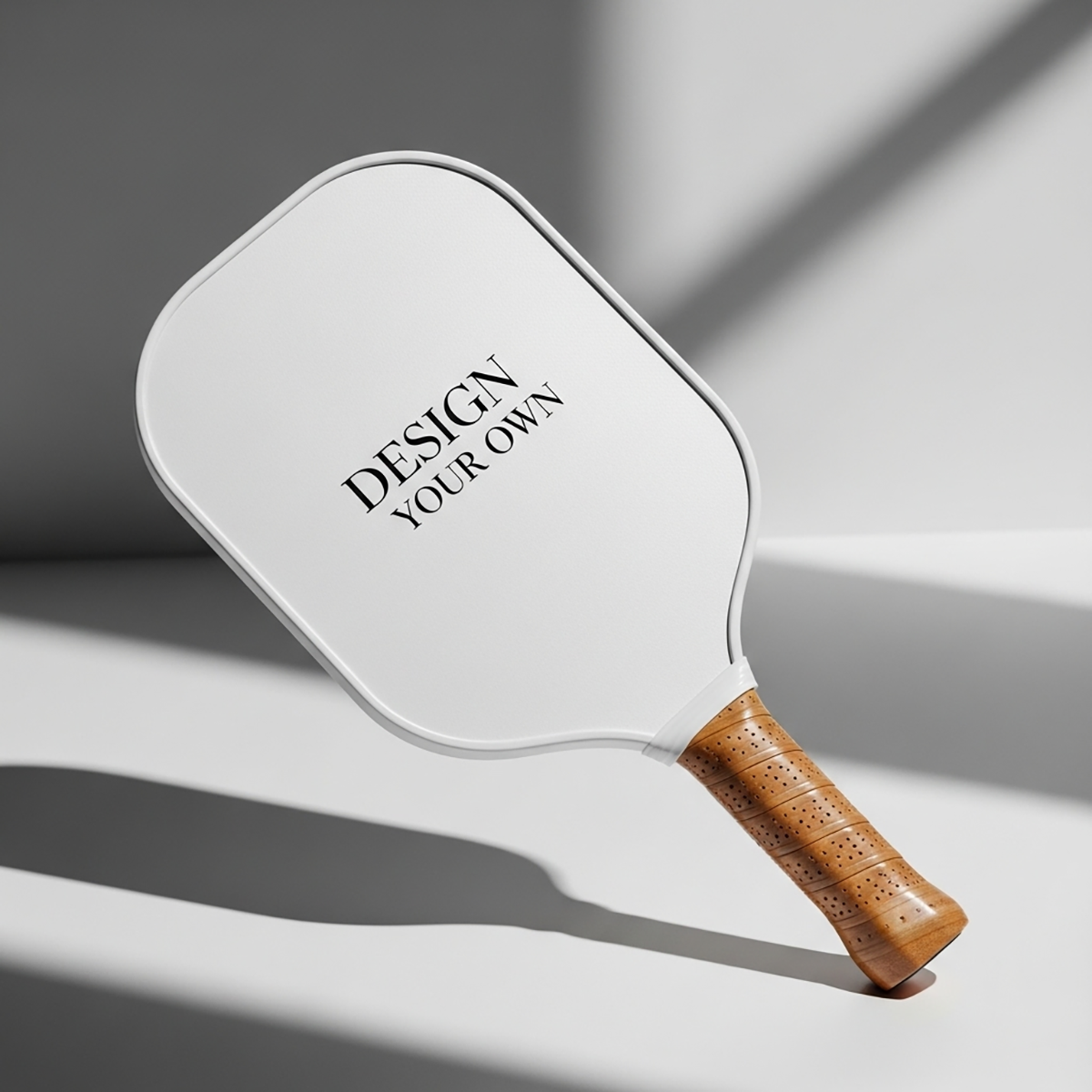
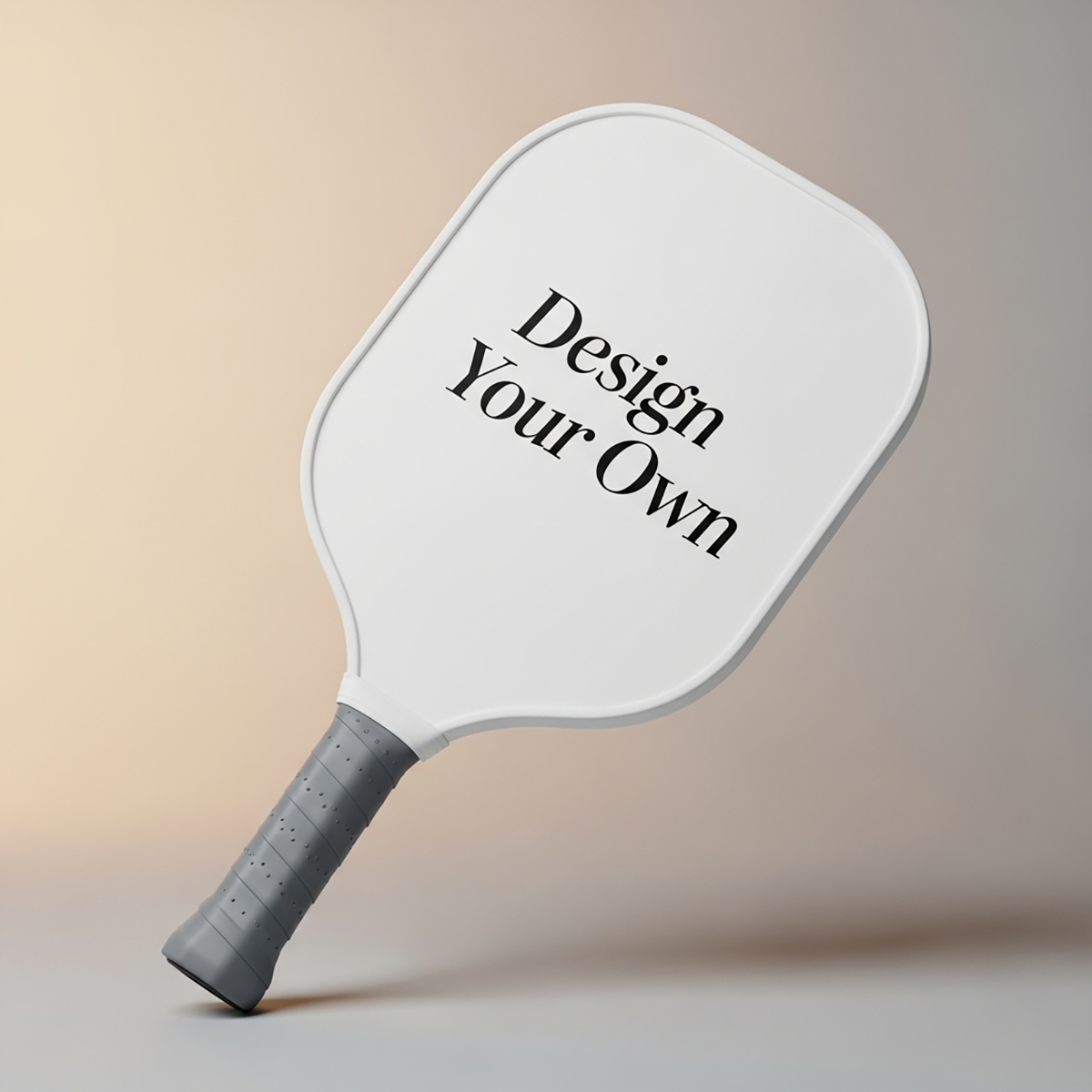
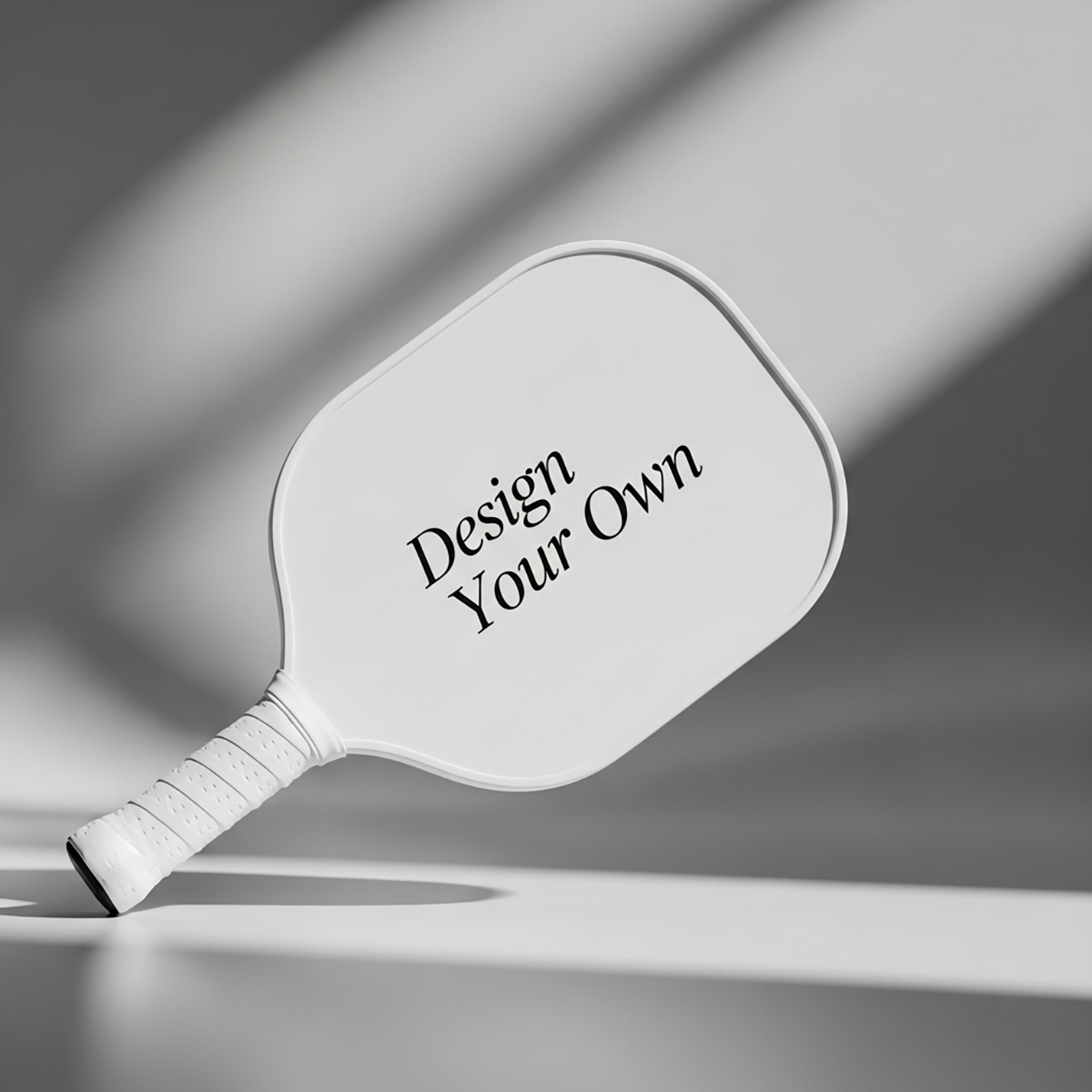
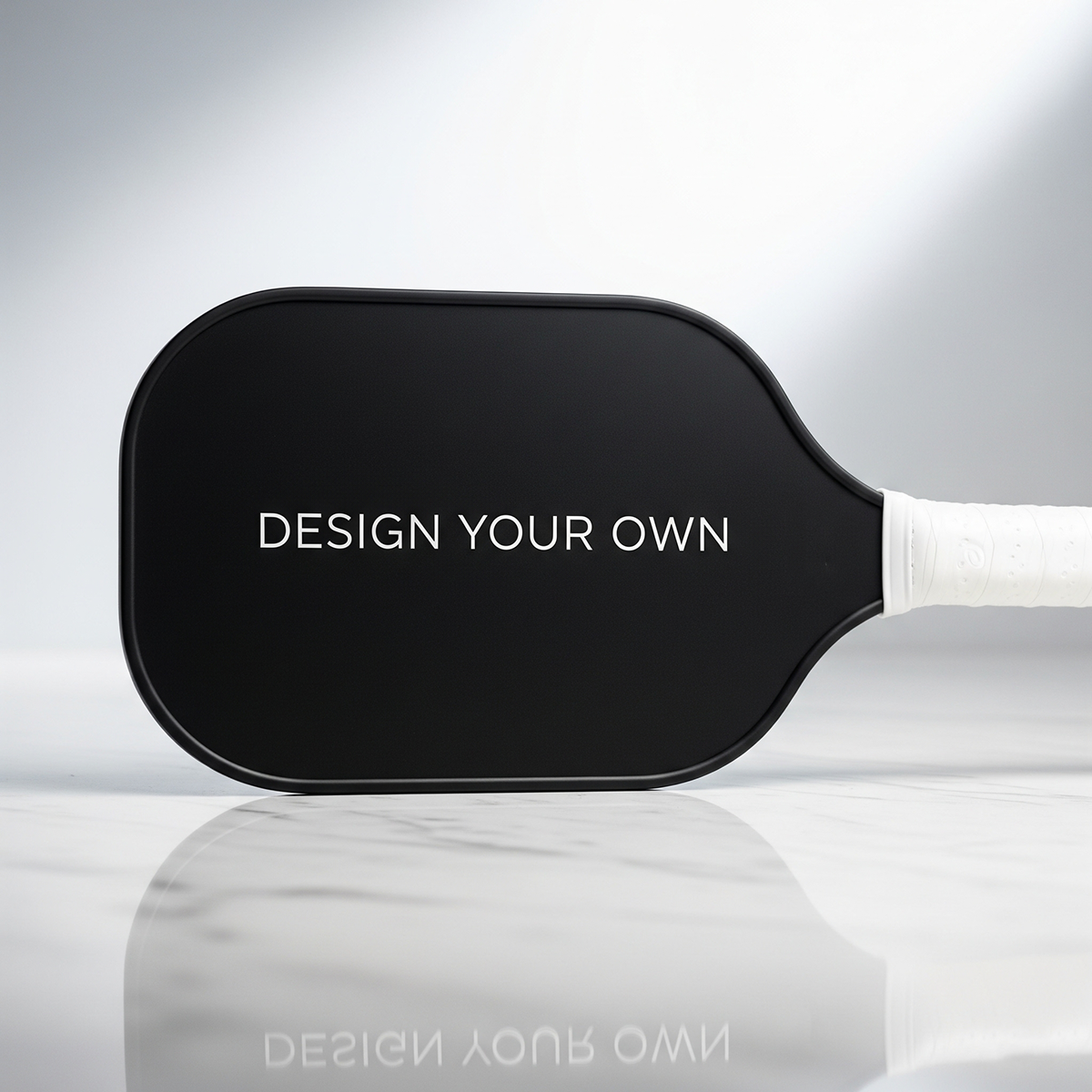
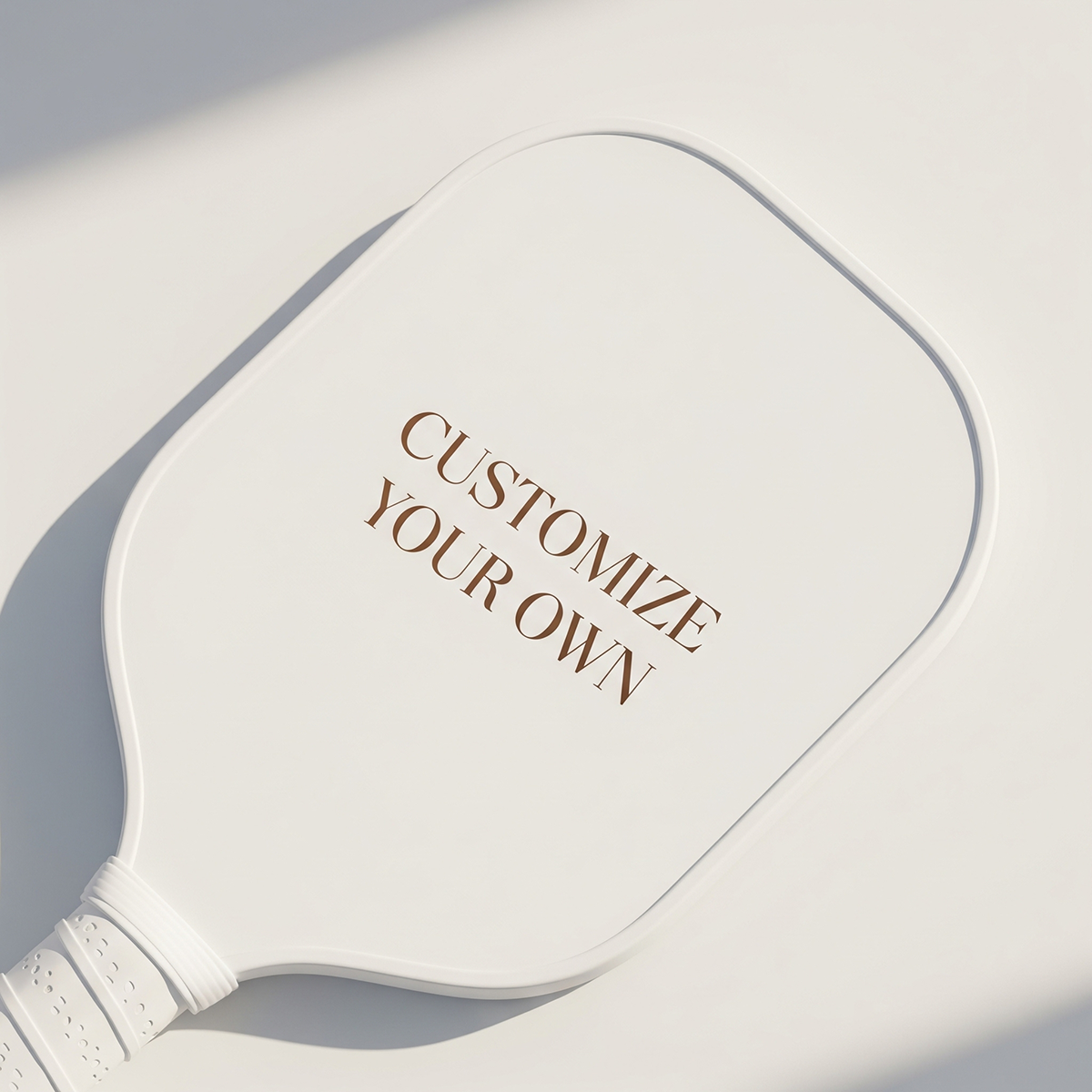
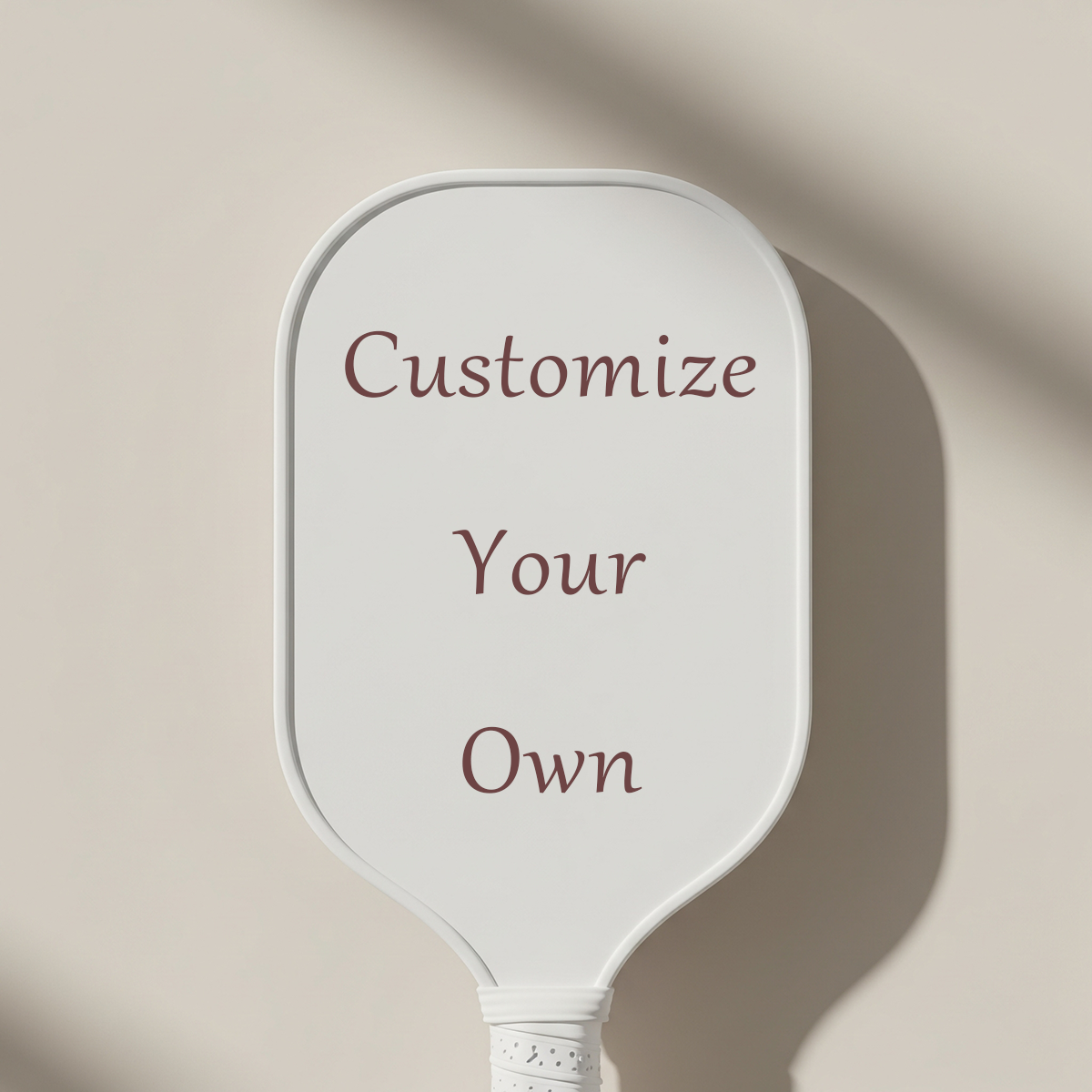
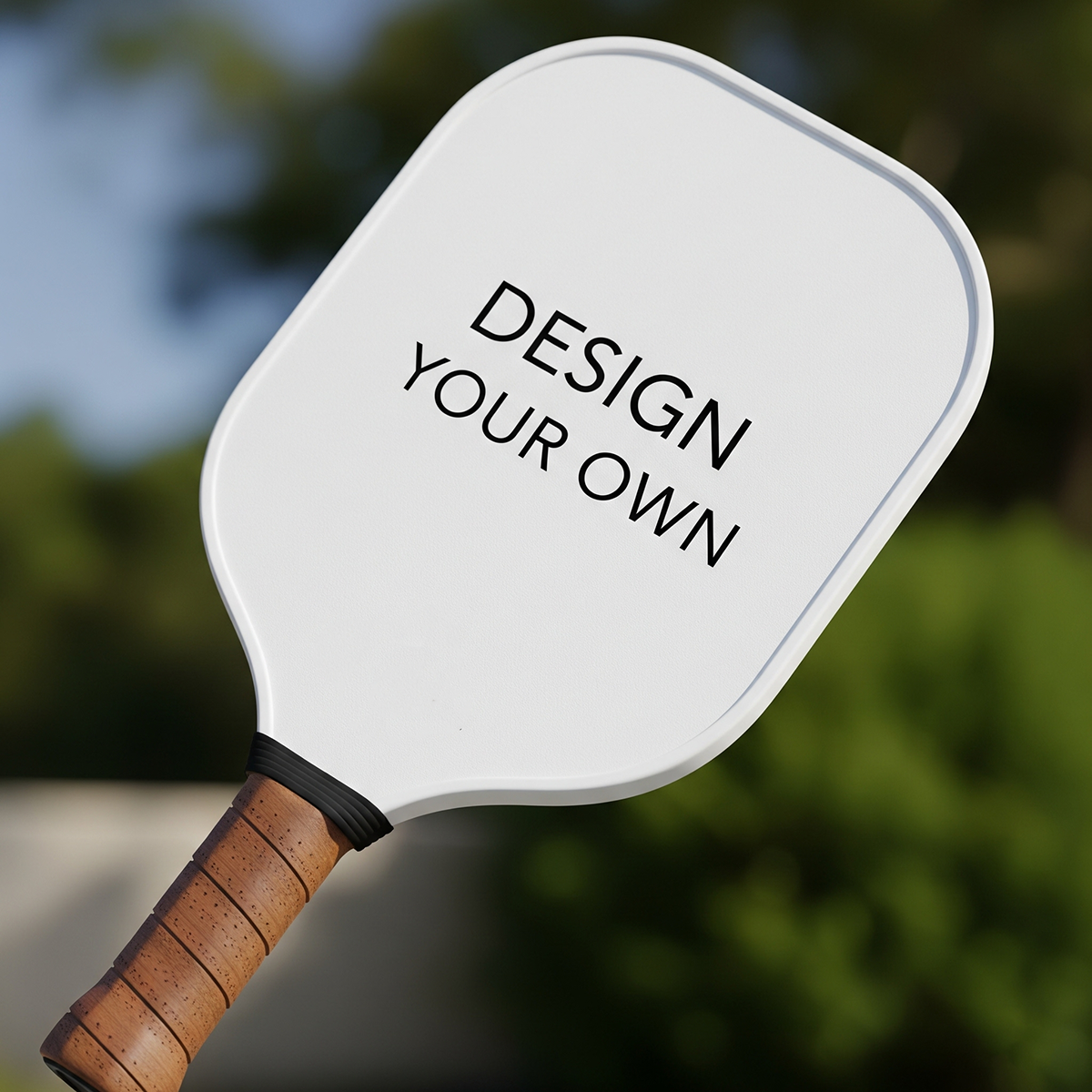
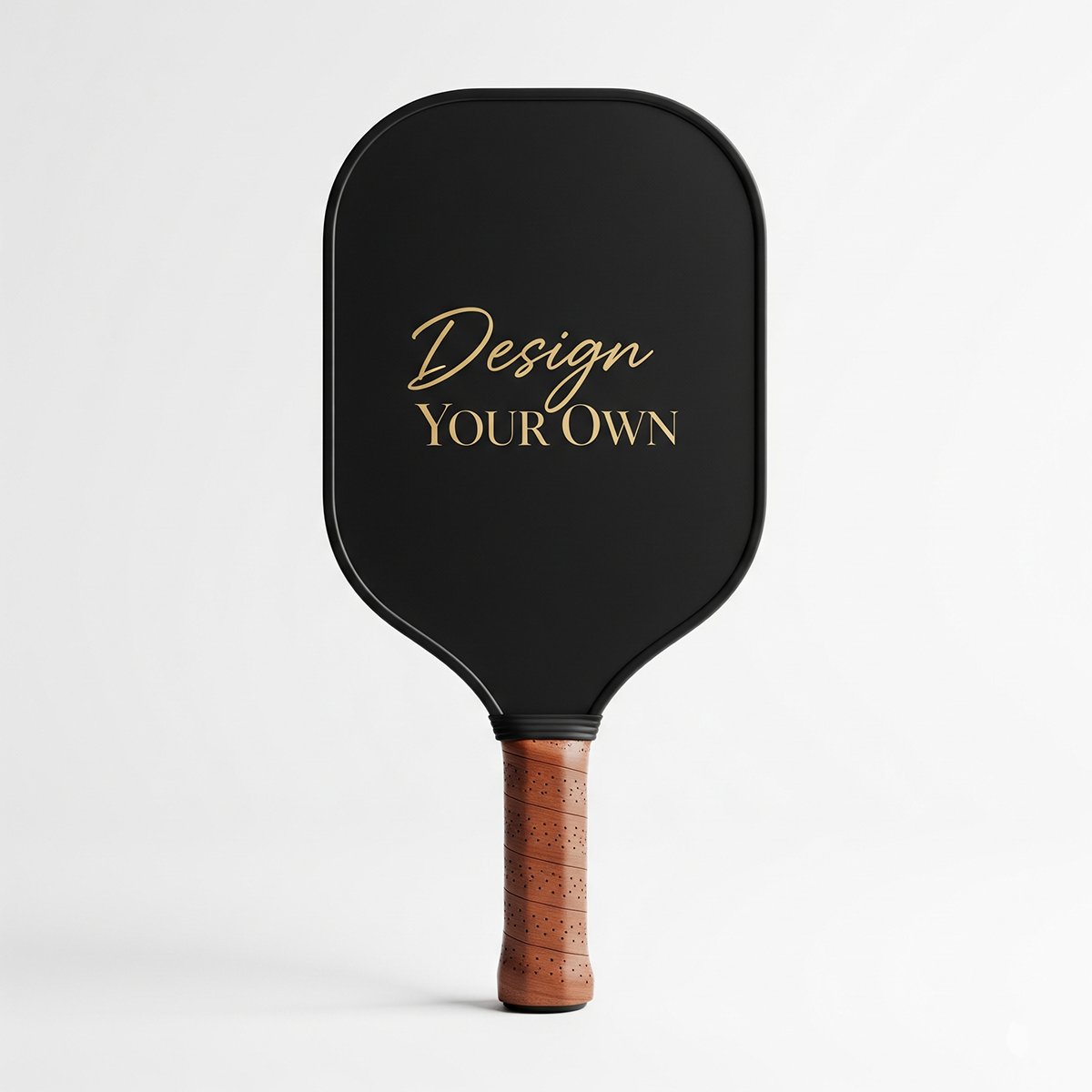
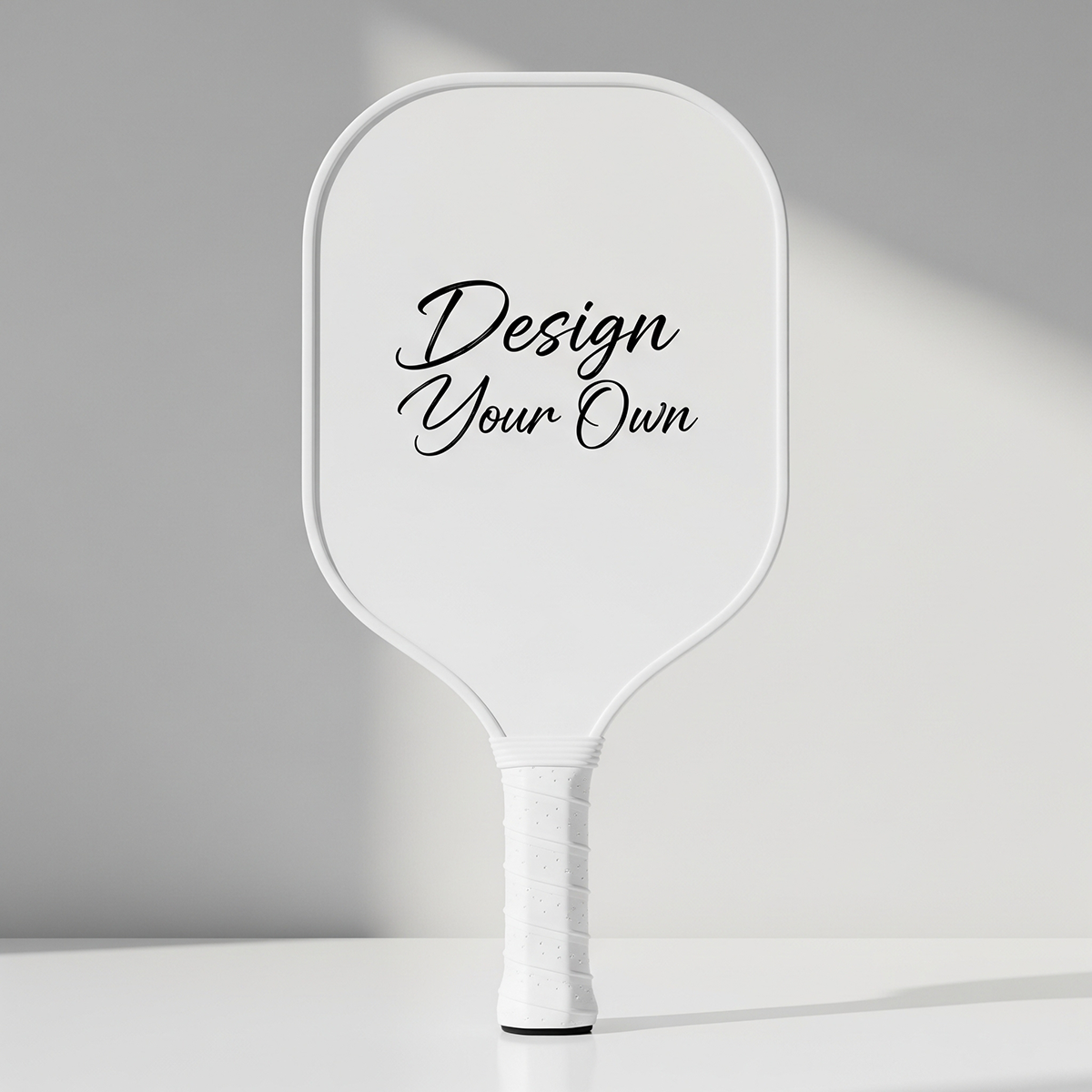
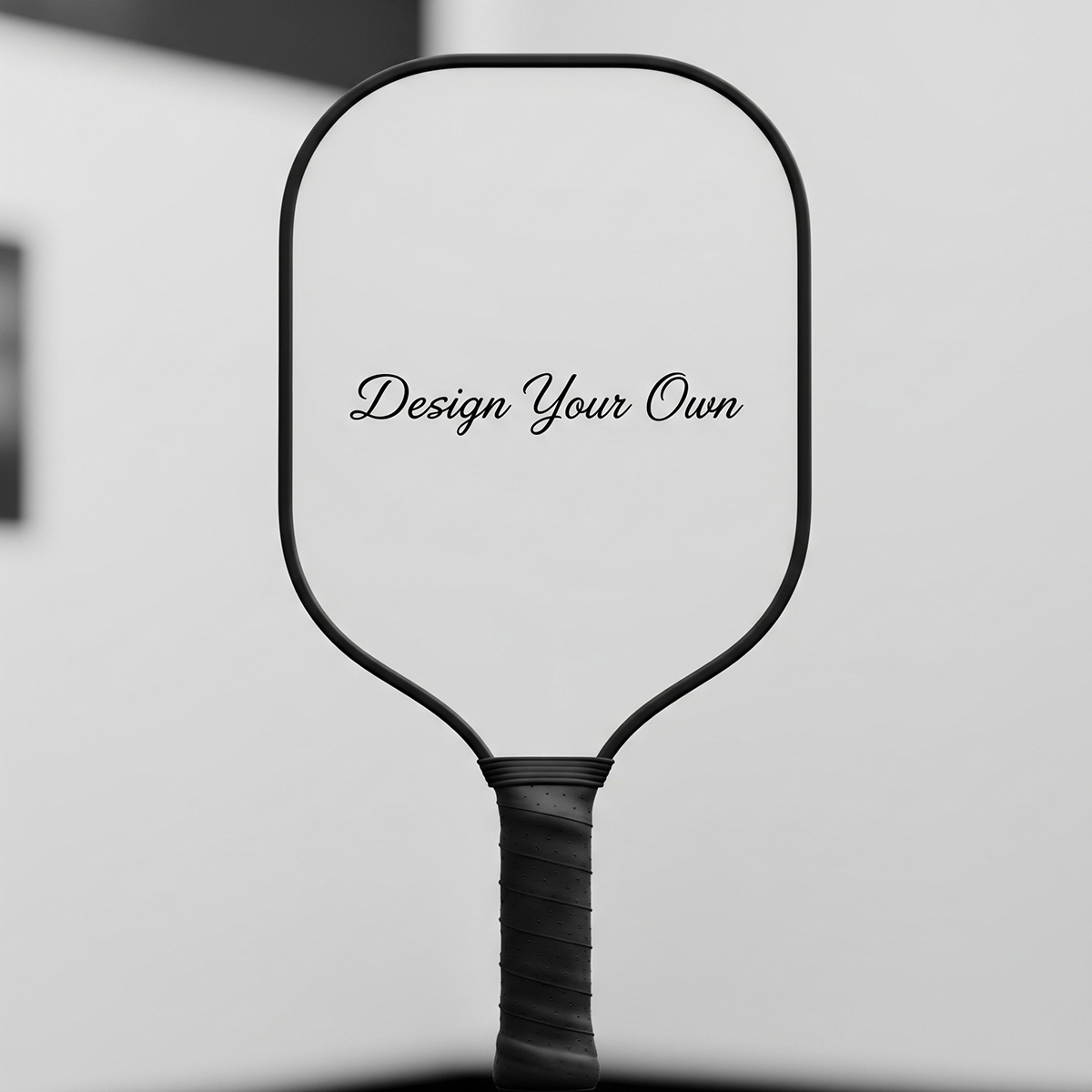
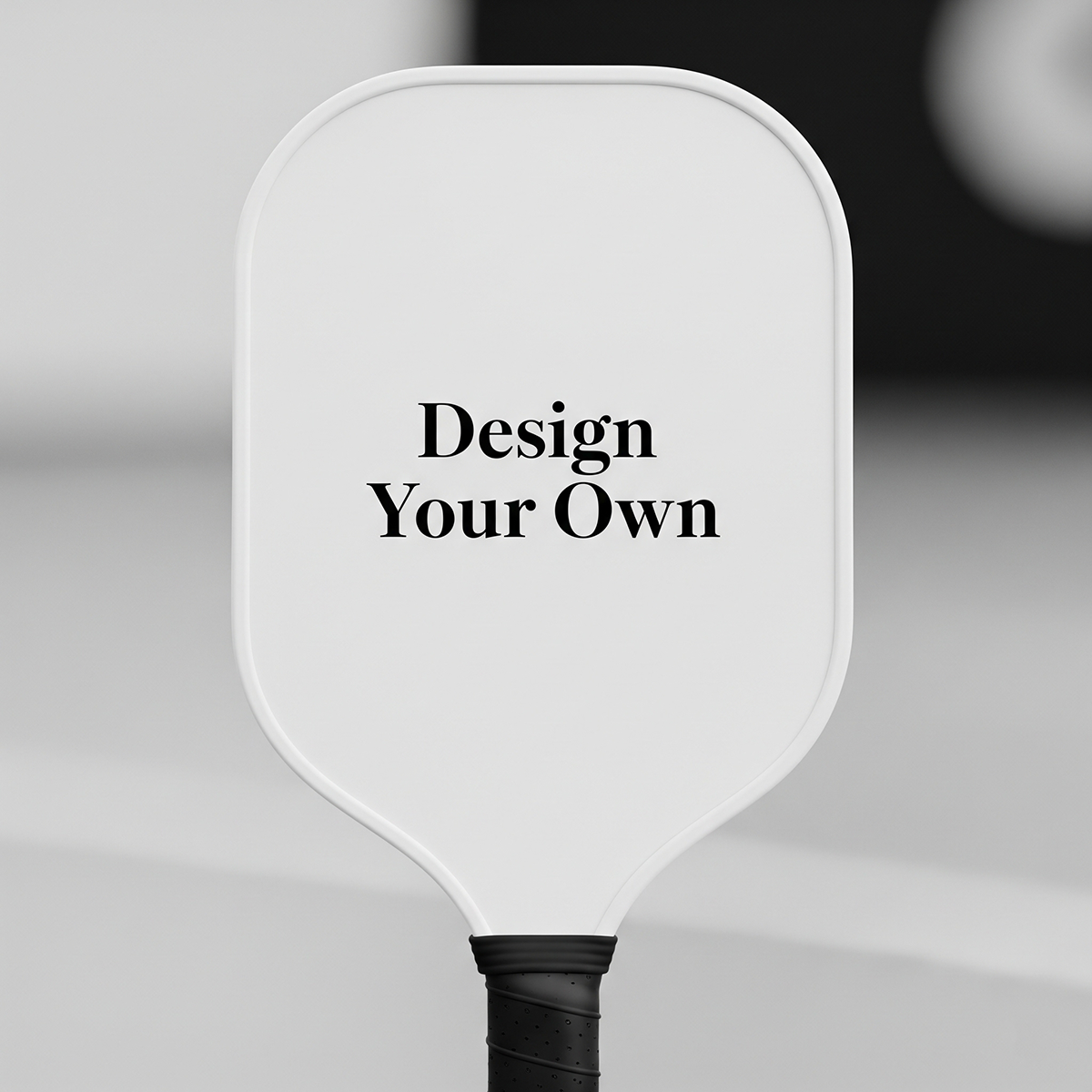
Dejar un comentario
Este sitio está protegido por hCaptcha y se aplican la Política de privacidad de hCaptcha y los Términos del servicio.